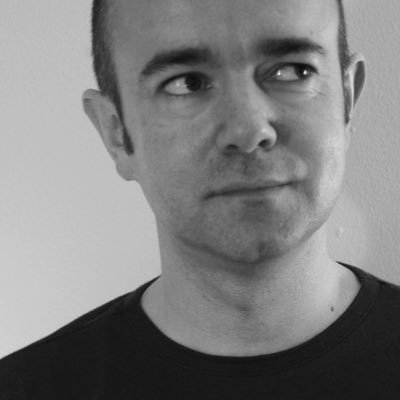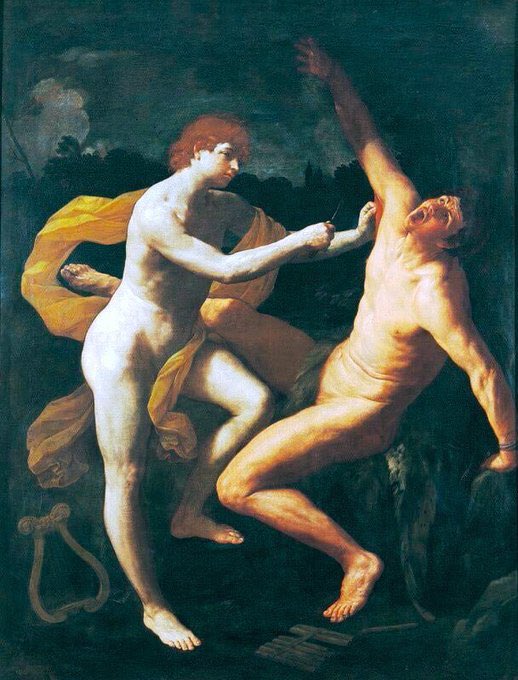Reni’s religious images, which would later come to define him, included the Resurrected Christ, based on a Michelangelo sculpture (1621), the Baptism of Christ (1623) & Moses (1624). Numerous minor artists based their work on them & they have lost their impact
Reni really came into his own when painting mythological subjects. These allowed him greater emotional involvement than the religious images which paid the rent. Pictured is the beautiful Bacchus & Ariadne (1619-20), Deianiras (1617-19) & Apollo & Marsyas (c1620-5)
Reni’s commission to paint the Crucifixion of St Peter (1604-5) as well as his frescoes at the Casino dell’Aurora (1614-16) established his reputation as one of the greatest artists working in Rome at the time. His Aurora (1614) was one of the most influential works among artists
His success was finally achieved by being an artist for the Borghese family (1607-14). An early masterpiece is Atalanta & Hippomenes (1612). Also shown is Hercules (1617-19) & the sensually provocative St Sebastian (1617-18)
As a student he banded together with Albani & Domenichino in Bologna & they joined with the Carracci to descend on Rome (by 1601) where he worked on decorating the Farnese Palace. Here’s an early drawing of his, Cleopatra & Coronation of the Virgin (both c1595)
Come Away O Human Child (2023) Ink on paper drawing
Buy here: https://t.co/szZihwOF1f
He was commissioned as drawing master to the children of Queen Elizabeth of Bohemia. She was sister to King Charles I of England. The King invited the artist to England in 1628. Apollo & Diana (1628), George Villiers & Family (c1628) & King Charles I (1628)
Artists often painted Sebastian as a form of code indicating their own or their clients homosexuality. Honthorst did well out of commissions, for instance, from the English King & his lover George Villiers. St Sebastian (1623), The Concert (1624) & Granida & Daifilo (1625)
David Playing the Harp (1622), Dentist (1622), Musical Group (1622) & Old Woman examining a Coin (1623). A common theme of art was to seek to convince the viewer of other senses such as sound & touch - an extreme version being the dental extraction!































